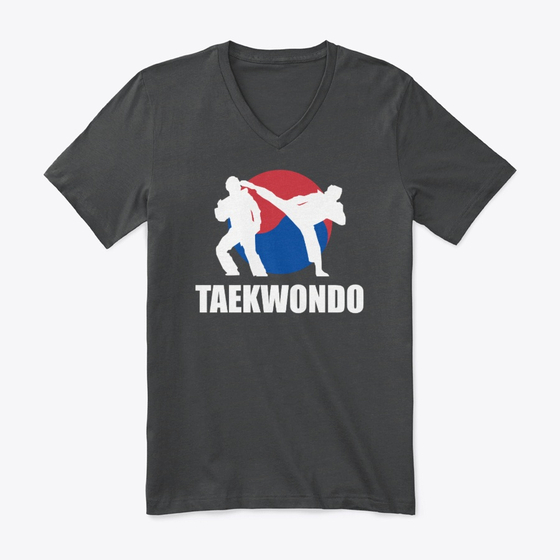In Korean, a Taekwondo form or pattern can be called different things depending on which style of Taekwondo you practise, the context, and what it is you’re referring to. A form can either be called a 틀 tul, 품새 poomsae, or 형 hyong.
In modern Changheon-yu Taekwondo – the style of Taekwondo promulgated by Choi Hong-hi, often called ITF Taekwondo – a form is called 틀 tul in Korean (tul rhymes with ‘pull’). tul literally means ‘mould’ – i.e., something that shapes, or forms, something. The idea is that a tul ‘shapes’ and ‘moulds’ your stances and techniques. In English, Changheon-yu practitioners generally call forms ‘patterns’.
In modern Kukki-won Taekwondo – the style of Taekwondo promulgated by Kukki-won, often called WTF Taekwondo – a form is called 품새 poomsae in Korean (pronounced poom-sey).
In the past, forms in Taekwondo have been called 형 hyong (sometimes written hyung). This is the Korean pronunciation of the Japanese kata. Taekwondo is heavily influenced by Karate, and when Taekwondo was still being developed, many practitioners learned Karate kata. The Karate kata were eventually replaced with new Taekwondo forms, and the word hyong was still used to refer to them.
Over time, however, the words tul and poomsae have become preferred to hyong, as they are less Japanese. While many people still use the word hyong to refer to forms in Taekwondo, tul and poomsae are generally preferred in the major Taekwondo organisations.
What should you not say?
Do not call a Taekwondo form a kata. As mentioned above, this is a Japanese word; Korean is the preferred language of Taekwondo.
Get some Taekwondo merch!
Want to learn more?

If you'd like to learn more about the Korean terminology used in Taekwondo, consider buying this book: Taekwondo Terminology. It contains an extensive dictionary of terms used in Taekwondo, as well as explanations on how to pronounce Korean words, and aspects of Korean grammar.








